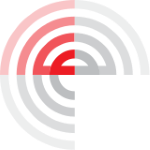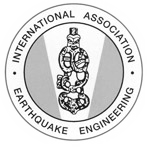Speaker
Description
Many European cities are facing problems of decline in parts of the urban fabric due to socio-economic changes. Urban space is a ‘living tissue’ that is constantly changing due to numerous factors such as technological progress, demographic change, the need for housing and business space, etc. Just like any living organism, urban space experiences its ‘birth’, growth and decay. Urban decay is not only characterized by negative morphological or constructional elements, but also by negative socio-economic, cultural and economic processes. The neglected area mainly records a demographic decline, a change in the demographic structure, a socio-economic decline and a loss of attractiveness for economic investment. In order to avoid the final scenario of complete decay and decline of urban space, it is necessary to integrate urban revitalisation measures. The idea of urban revitalisation is emphasized as a necessary need to return ‘life’ to neglected, stagnant or declining urban spaces. In most cases, urban revitalisation includes measures of socio-economic, cultural, ecological and economic revitalisation, which is why such a process is also called integrated urban revitalisation.
The earthquakes that occurred in the spring and winter of 2020 in the wider Zagreb area further strengthened the need to solve the problem of urban renewal. Given that the area most affected by the first earthquake was the area of the Zagreb Urban Agglomeration, this paper aims to explore the basis and need for broadly integrated urban revitalisation. The paper describes the concept components of integrated urban revitalisation, which consists of the elements of urban renewal, brownfield regeneration, circular management of space and buildings and nature-based solutions (NBS). Implementation of these concepts was emphasized as necessary after the earthquake in 2020. These elements are presented in relation to the potential of the Zagreb Urban Agglomeration and in accordance with the EU guidelines. The paper provides guidelines for a more advanced implementation of integrated urban revitalisation, which is much needed in the Zagreb Urban Agglomeration.
| Keywords | integrirana urbana revitalizacija, urbana aglomeracija Zagreb, Zagreb, potres, obnova |
|---|---|
| DOI | https://doi.org/10.5592/CO/1CroCEE.2021.198 |
